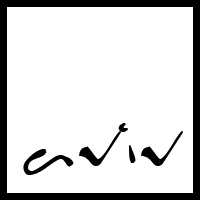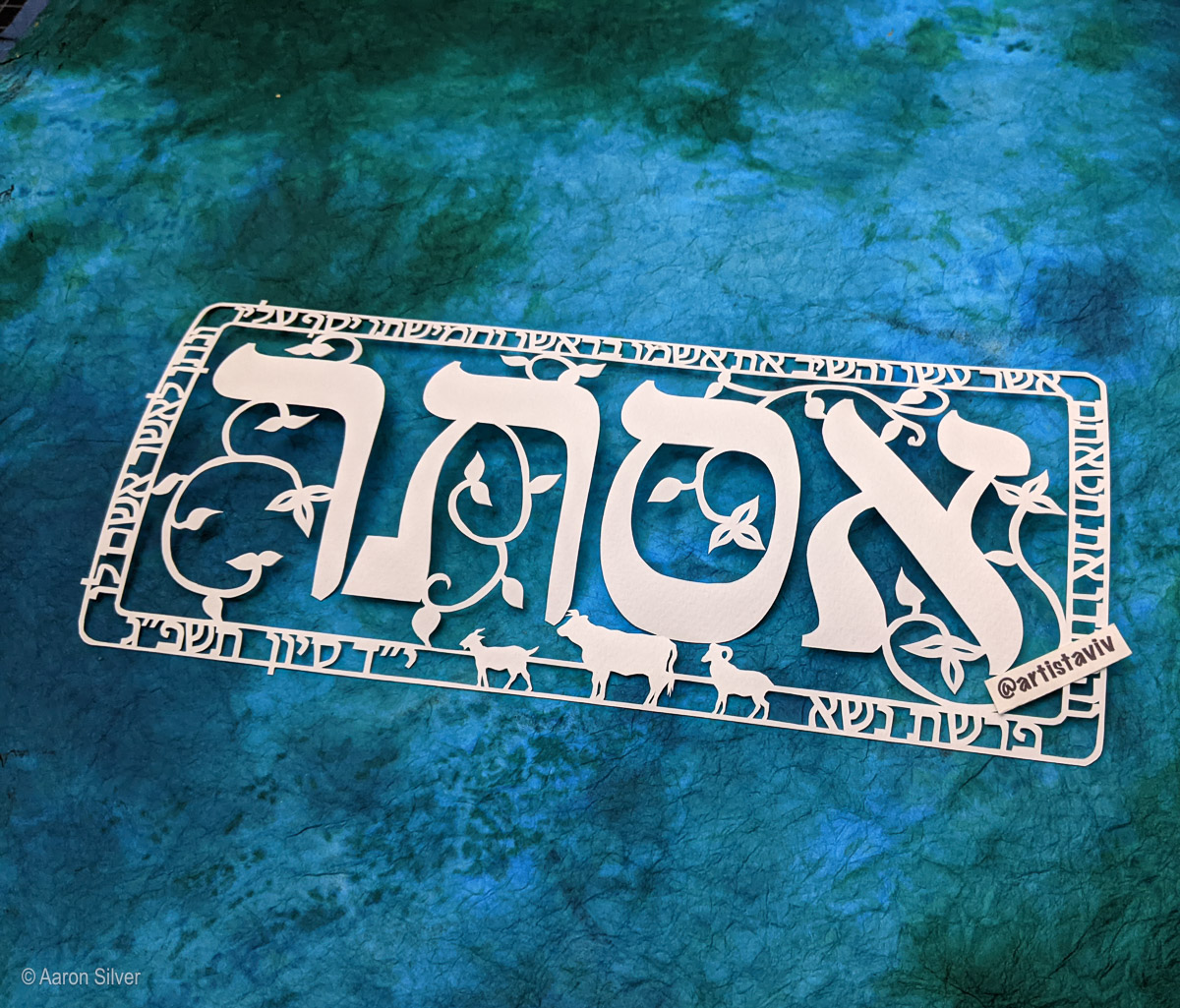Esther became a bat mitzvah and celebrated during parshat Naso. I wanted the main feature of this papercut to be the bat mitzvah’s hebrew name, because this piece of art is celebrating her entry into Jewish adulthood.
Beyond that, it is important that the moment of her becoming bat mitzvah be recognized, through her parsha. I learned that in her first draft of her d’var torah, she was thinking about “how the torah says when you steal from someone, you need to repay them twice over.” Therefore, to border her name in the papercut, I chose a sentence from the torah portion in Nasso (Bamidbar 5:7) that represents this concept. It reads:
?? ?? ???????? ???? ?????? ??? ?????? ?????? ?? ??????? ???????????? ?????????? ?? ?? ????????? ?? ??? ?? ???? ???? ??? ?? ?????? ?????? ????
he shall confess the wrong that he has done. He shall make restitution in the principal amount and add one-fifth to it, giving it to him whom he has wronged.
Toward the bottom of the papercut, I put, on the right, the name of the parsha, and on the left, the full Hebrew date. As I was reading the parsha, I noticed that there is a long repetitive section about the gifts or offerings that all the chieftains brought to the temple. All of them brought (among other things), oxen, rams, and goats. Since they take up a significant portion of the parsha, and since animals are cute, I decided to include three of them in the bottom center.

